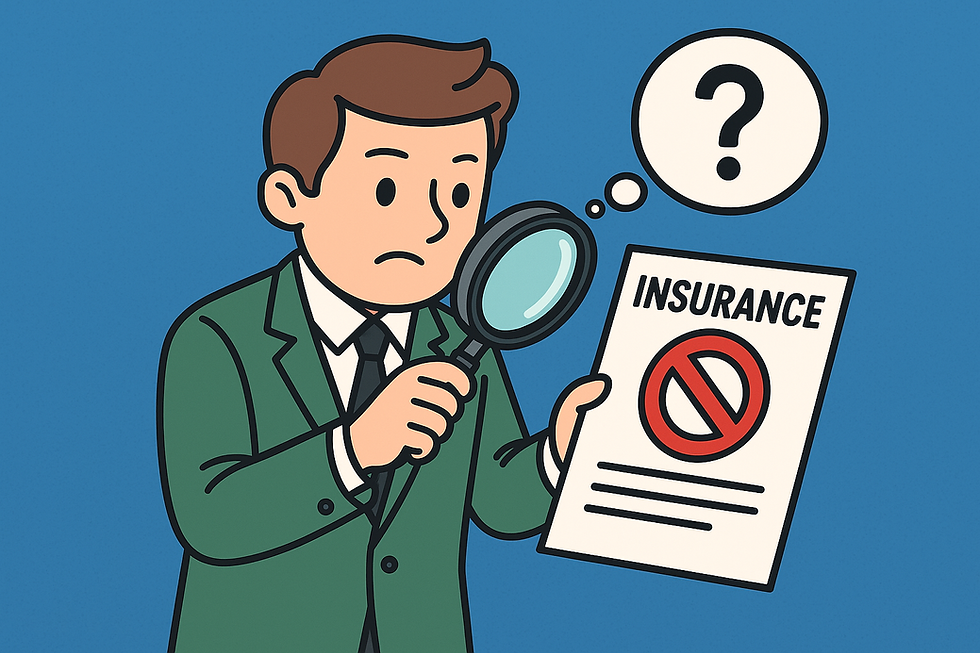Why There’s a Gap Between Your Car’s Value and What You Owe
- businesssolutionsn2
- Aug 26
- 2 min read

When it comes to vehicle finance, one of the most misunderstood concepts is the gap between the Retail Value of your car and the amount you still owe the bank.
It’s not just about depreciation or a high interest rate—it’s a combination of how vehicle financing works and how quickly your car loses value. And understanding this gap is crucial if you want to protect yourself from unexpected debt.
1. The Moment You Drive Off, the Value Drops
Let’s start with depreciation. It’s an unfortunate but unavoidable fact:Your car loses value the second it leaves the dealership floor.
On average, a vehicle will depreciate between 7.5% and 15% per year.
After just a few months, your car’s insured Retail Value is already less than what you paid for it.
This means that if your car were stolen or written off tomorrow, your insurance payout wouldn’t be based on what you still owe—but on what your car is currently worth in the market.
2. Your Finance Agreement Adds Interest Upfront
When you sign a finance agreement, you’re not just repaying the purchase price—you’re also paying interest on that loan.
Interest is calculated on the full purchase price, and it’s loaded into your repayment structure.
Even if you wanted to settle your loan early, your Settlement Amount would be higher than expected—especially in the first year or two.
This creates a scenario where your loan balance stays higher than your car’s value for a significant period of time.
3. The Nett Effect: The “Shortfall”
Here’s what’s happening in simple terms:
Your Retail Value is dropping each month due to depreciation.
Your Settlement Amount is reducing more slowly because of the interest built into your repayments.
That’s the “gap.” And in many cases, that gap can be tens of thousands of rands.
This shortfall becomes a major issue if:
Your vehicle is written off in an accident
Your car is stolen and not recovered
Your insurer will pay out the Retail Value—but your bank still wants the Settlement Amount. And you’ll be responsible for the difference, unless you have Credit Shortfall Insurance.
Visual Example:
Time Period | Retail Value | Settlement Amount | Shortfall |
Purchase | R300,000 | R300,000 | R0 |
6 Months | R270,000 | R310,000 | R40,000 |
12 Months | R250,000 | R290,000 | R40,000 |
24 Months | R220,000 | R240,000 | R20,000 |
36 Months | R200,000 | R190,000 | R0 |
Note: Values are for illustrative purposes only.
Key Takeaway:
If you're financing your vehicle, there is almost always a period—often 12 to 36 months—where you owe more than the car is worth. This is when you’re at the greatest financial risk.
How Can You Protect Yourself?
The best way to bridge the gap is with Credit Shortfall Insurance. It’s designed specifically to pay the difference between the insurer’s payout and what you still owe the bank.
So if disaster strikes, you’re not stuck paying for a car you no longer have.




Comments